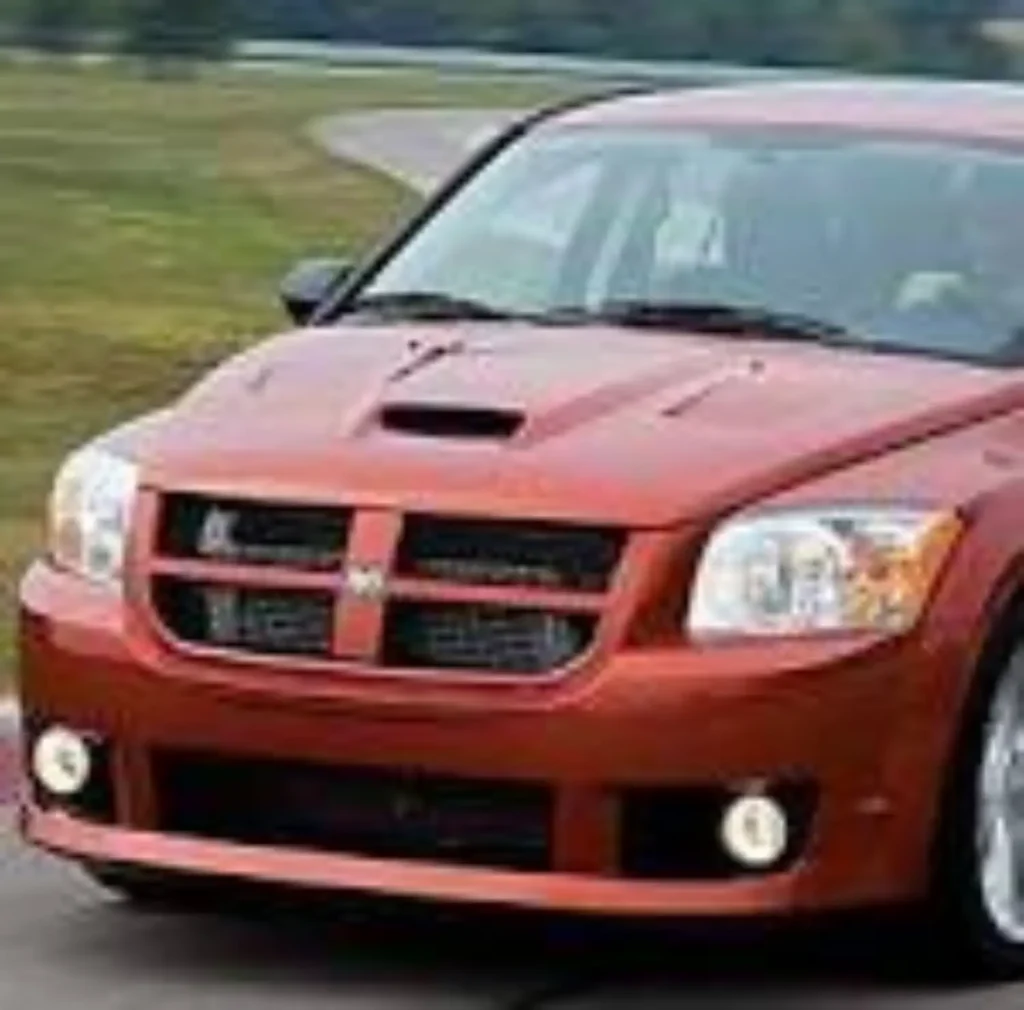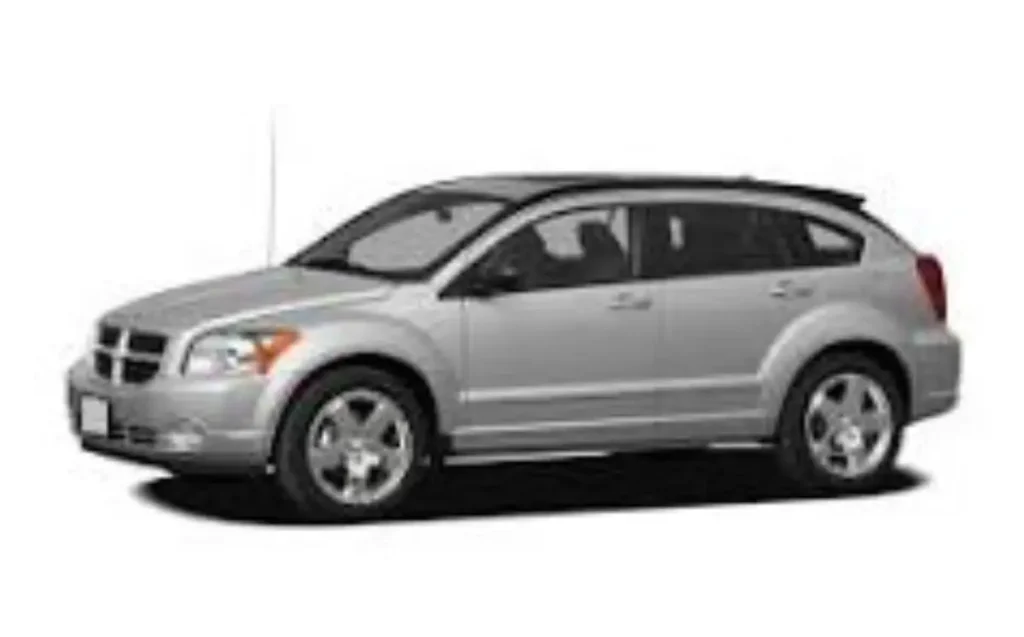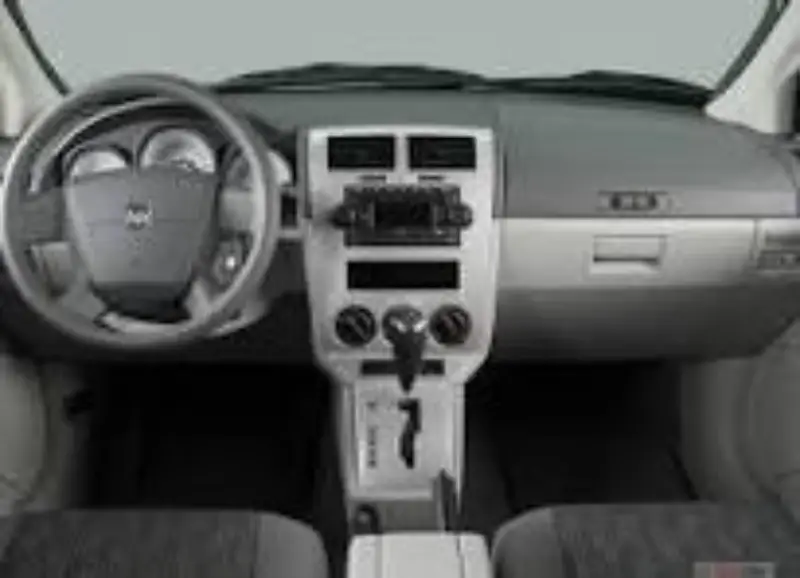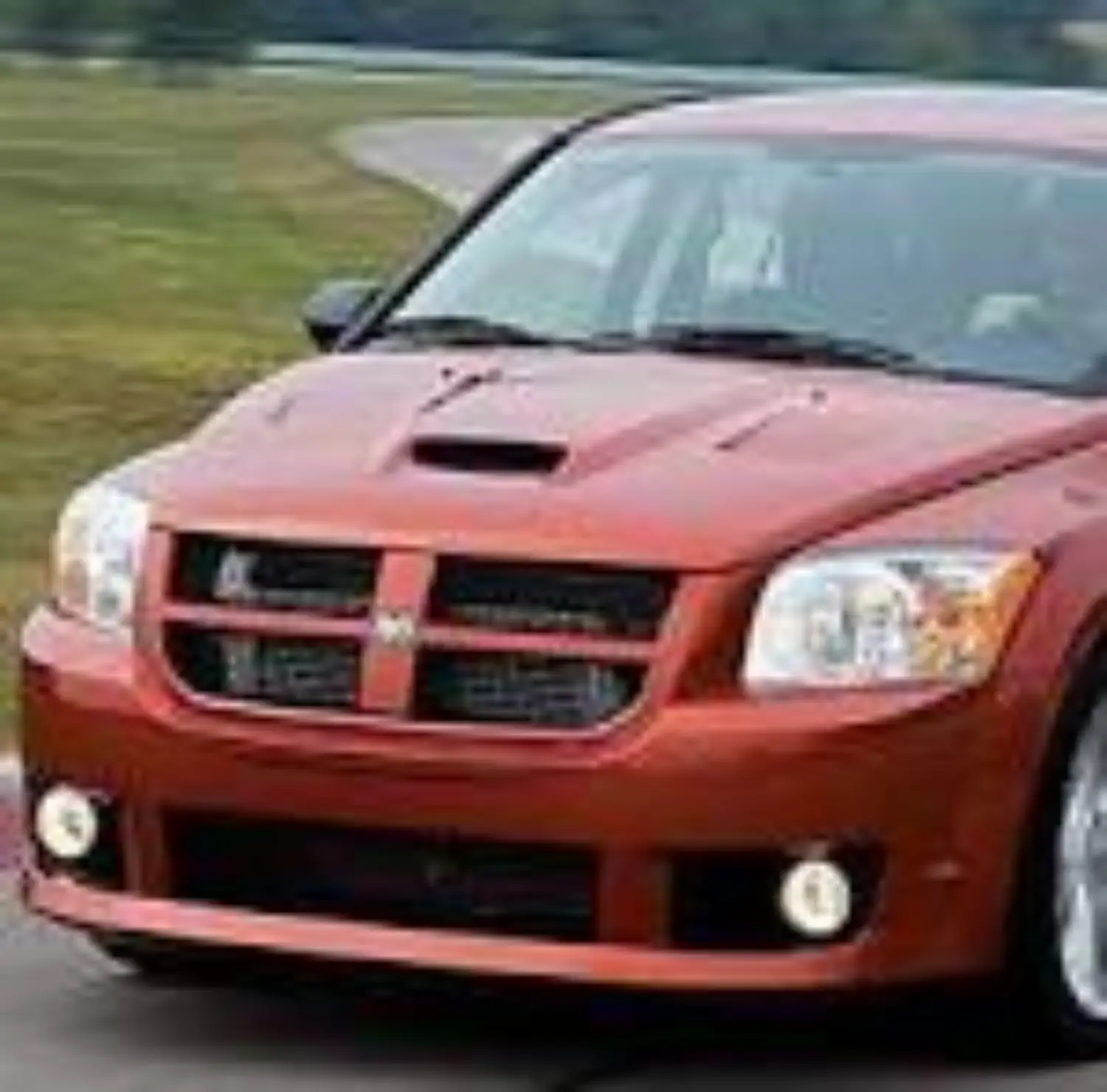Chrysler bravely entered the tiny crossover market with the Caliber, which shares a chassis with the Jeep Patriot and Jeep Compass.

Dodge Caliber: Even though Daimler and Chrysler were still housed together in 2006, their marriage was having serious problems. Chrysler’s German partner was not happy with the way its sales were declining, so it wanted to find a speedy solution. Consequently, it produced the Calibre on the same platform that it co-developed with Mitsubishi in 2004 and utilized to build the Jeep Patriot and Jeep Compass. This ought to have put quick cash in the automaker’s coffers. To sell this hatchback on stilts in huge quantities, it also attempted to reduce the sale price. Dodge caliber therefore debuted the redesigned model as a 2007 in 2006.
The front of the Dodge caliber was particularly striking due to its crosshair grille, which was positioned vertically and flat. The Caliber’s larger hood than the car’s fenders—a trait previously seen on the Durango and the first-generation Ram—made the car’s retro-inspired styling immediately apparent. Depending on the gradient, a set of circular fog lamps was mounted underneath the bumper. There were three trim levels available for the automobile from Dodge: SE, SXT, and R/T. The formidable and agile SRT4, which many saw as an entirely distinct species from its siblings, towered over them.

The Dodge caliber Neon and the Crysler PT Cruiser were replaced by the Caliber. It retained some of the latter’s concepts but improved upon them sufficiently for people to find it appealing. First, the expanded fenders at every corner looked more muscular even though they were less noticeable. The automobile then took on a dynamic look thanks to the rising beltline. The greenhouse featured an arching line that sloped down between the C-pillars and a third row of windows behind the rear doors, despite the Caliber’s angular features. People were persuaded to purchase the vehicle by Dodge’s provision of alloy wheels as standard equipment on all grades.

The interior had a creative design with high-mounted seats and an instrument panel reminiscent of a binocular, with the dials integrated into discrete clusters. Dodge put the gear stick and two cup holders on the center console, while the stereo and HVAC controls were located in the center stack. Between the front seats was a storage space hidden by an armrest that could be adjusted. There was space for three adults in the back. Regretfully, the interior materials of the Calibre proved to be its biggest drawback. The upholstery and the hard-plastic sections fell short of industry standards.
The automaker fitted a variety of gasoline engines under the hood. In Europe, the Calibre was offered with a Volkswagen turbo-diesel engine located on the other side of the pond. For the SXT grade, the automaker introduced a CVT in the US, which was uncomfortable to drive. It was noisy, but it did the job. Over 400,000 Calibres were sold by Dodge globally, including in Australia and Japan. Nevertheless, it was too late to keep the Daimler-Chrysler union intact.
